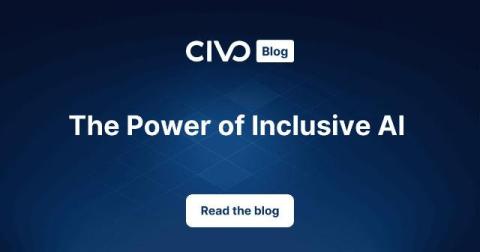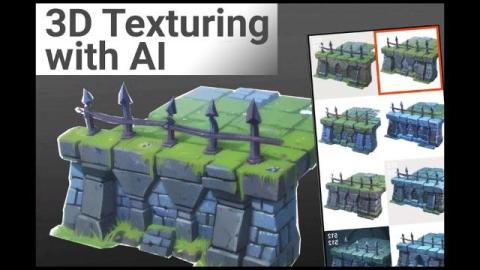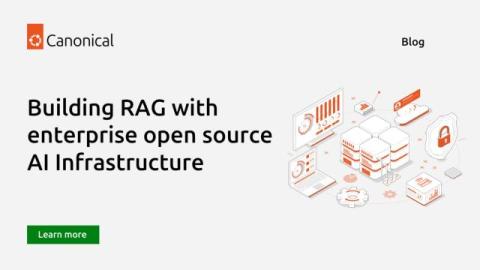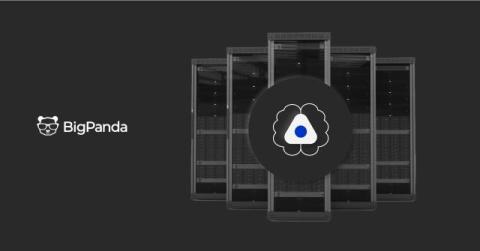Amazon Bedrock vs OpenAI: Guide to Your Best Generative AI Platform
Amazon has heard FinOps practitioners’ cries asking for new AI tools, and the answer is Titan and AWS Bedrock. These new tools provide the same generative AI abilities of generating images like expected from DALL-E, operating like a Large Language Model (LLM) like ChatGPT, and even transcribing audio to text. But how do these new tools compare to pre-existing ones like Azure’s OpenAI? Most importantly, which of these tools is the best financial investment for your organization?











